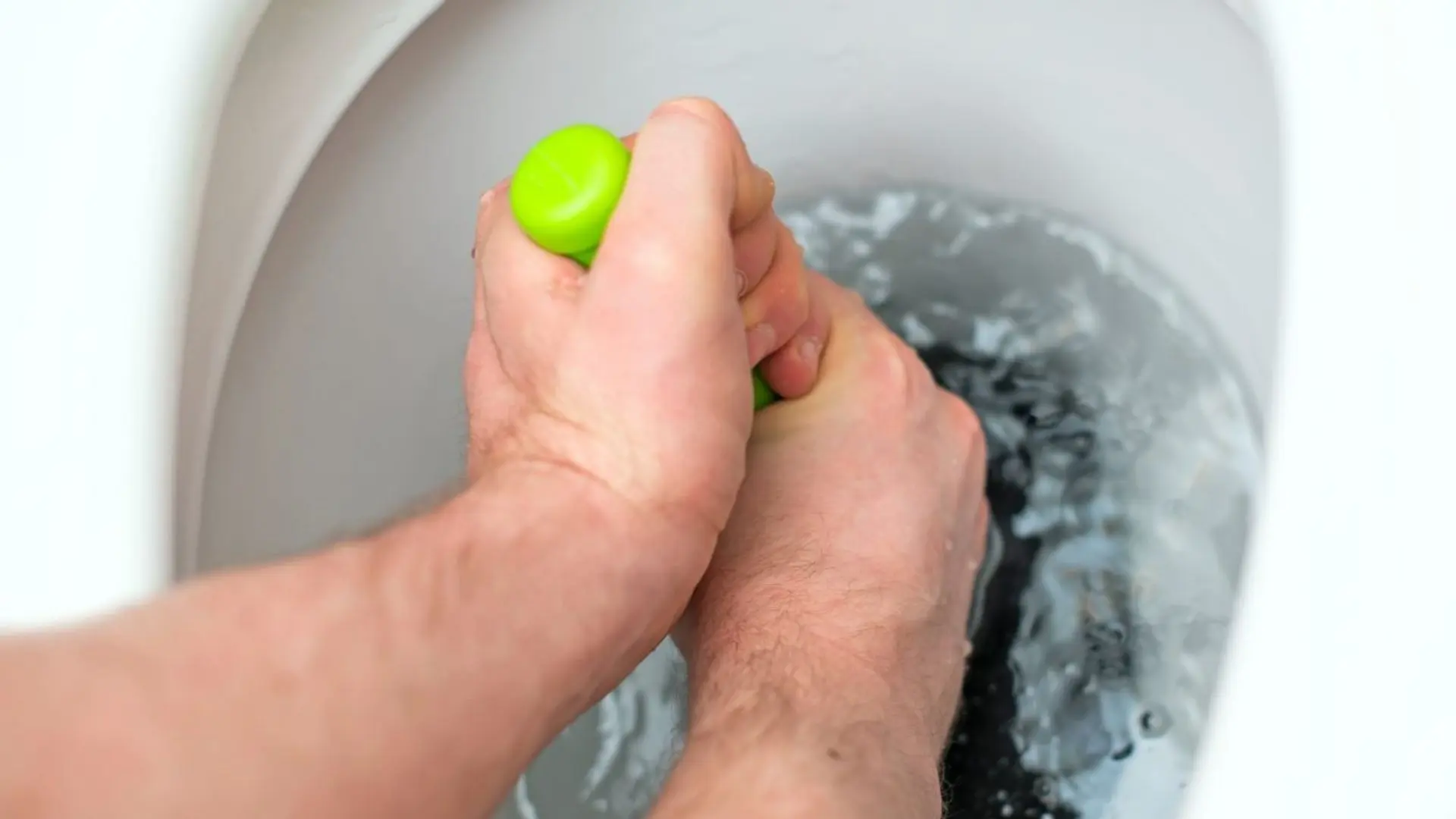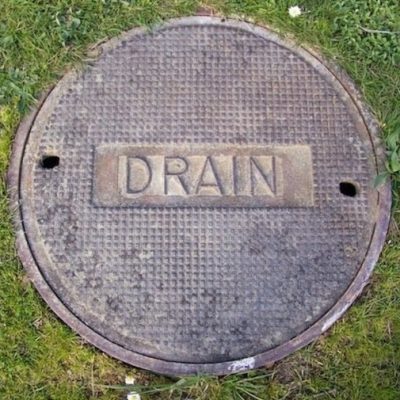They are making several good points related to How to handle a clogged drain in your home in general in the article directly below.

Intro
Handling a blocked drainpipe can be a discouraging experience, disrupting day-to-day activities and potentially triggering damage to your residential property. Nonetheless, prior to connecting to plumbing specialists, there are steps you can take to attend to the issue on your own. In this guide, we'll check out do it yourself options and safety nets to tackle a blocked drain properly.
Determining the Problem
The first step in dealing with a blocked drainpipe is acknowledging the signs. Sluggish water drainage, gurgling noises, foul odors emanating from drains, or water support up prevail signs of an obstructed drainpipe. Recognizing these indications early can aid avoid further complications.
Typical Root Causes Of Obstructed Drains
Comprehending the elements that add to drain obstructions is necessary for reliable resolution. Typical culprits consist of hair, soap residue, oil, food particles, and foreign things like hygienic products or paper towels. Tree origins invading below ground pipelines can additionally cause considerable obstructions.
DIY Solutions
For small obstructions, a number of do it yourself services can be effective. Pouring boiling water down the drain can assist dissolve oil and debris. Baking soda and vinegar or a mix of salt and baking soft drink can work as natural cleansers. Utilizing a plunger or plumbing snake to remove blockages is one more alternative.
Devices and Tools
Having the right devices handy can make do it yourself drainpipe cleaning up a lot more effective. A plunger is a functional tool for removing obstructions in sinks, commodes, and showers. A pipes serpent or auger can reach deeper clogs, while drain cleansing chemicals can be made use of carefully for persistent blockages.
Preventive Measures
To avoid future obstructions, taking on preventive measures is vital. Install drain guards or filters to catch hair and debris before they enter the pipes. Consistently flush drains with hot water to liquify oil buildup, and stay clear of throwing away grease or strong waste away.
When to Call a Professional
While DIY solutions can fix minor clogs, specific indicators indicate the demand for specialist aid. Consistent blockages, foul odors despite cleansing initiatives, or numerous drains supporting all at once are red flags that necessitate professional treatment.
Selecting the Right Plumbing Service
When choosing a pipes service, think about factors such as experience, licensing, and consumer evaluations. Select a trusted plumber with a track record of quality craftsmanship and transparent pricing methods.
Expense Factors to consider
The price of professional drainpipe cleaning services can vary relying on the intensity of the clog and the plumbing professional's rates. Request quotes from numerous suppliers and inquire about any kind of added fees to guarantee openness and stay clear of surprises.
Security Precautions
When trying do it yourself drainpipe cleansing, prioritize security. Put on protective gloves and glasses to avoid contact with dangerous chemicals or microorganisms. Never blend various drain cleansing items, as this can generate hazardous fumes.
Situation Researches
Real-life examples show the efficiency of DIY solutions and the relevance of prompt expert treatment in resolving drain clogs.
Verdict
By following the tips detailed in this guide, you can successfully deal with blocked drains and protect against future pipes problems. Whether selecting DIY remedies or seeking professional help, punctual action is vital to preserving a healthy pipes system and maintaining the integrity of your home.
How to Clear a Clogged Drain Yourself (And When to Call In the Professionals)
What Can Clog a Drain
- Dirt
- Skin flakes
- Hair
- Grease
- Soap scum
- Food
- Offset pipes
- Tree roots
- Small objects
- Mineral buildup
DIY Tricks to Unclog a Drain
You can fix this! Once you have identified the source of the clog (or have a vague idea), you can try one or a combination of these fixes in order to clear your plumbing.
Wire Hanger or Snake
Untangle and clear out hair from a drainpipe with a homemade snake. Use a straightened-out wire hanger with a 90-degree angle hook to locate the clog and drag out any unwanted material.
Remember not to push the clog further down to where the wire hanger cannot reach! If you need to follow up with a plunger, give it a try. Your efforts might be more successful after it’s been wire-snaked.
If you want to get fancy and don’t have a wire hanger to spare, head to the store and pick up a hand-operated drain snake. You can get one for $10-$30. It may save you the hassle, and provide additional length to reach deep into the clogged pipe.
Plunger
A cup plunger has a suction cup attached to a wooden handle. The rubber creates a seal around the drain, and increases the pressure force of the plunger.
Plunge for 30-second increments to loosen the clog. This may need to be repeated over the course of 15-20 minutes. Once plunged, run the water to flush the remaining material out of the drain.
Remember– never use a plunger if you have used a chemical drain cleaner. These chemicals can splash up from the force of the plunger and cause serious injury or burns.
Boiling Water
Hot water can sometimes break up materials into a flushable amount. Dirt, grease, and soap buildup requires heat in order to unstick from surfaces.
Take your kitchen kettle and heat your water to a boil. Once it reaches a rolling boil, pour it directly down the drain into the blockage. Carefully follow with plunging, if necessary.
Don’t worry if this takes more than one try! It can often take multiple kettles and repeated plunging in order to clear a particularly stubborn clog.
Chemical Drain Cleaner
As a last resort, pick up a bottle of chemical drain cleaner. Drain-cleaning chemicals are potent, and not very good for the environment.
You may need to wear protective eyewear in gloves before handling your bottle of chemical drain cleaner. Follow the instructions printed on the bottle, and flush with water as soon as the instructions allow. Do not follow with plunging.
Baking Soda and Vinegar
As a safer alternative to chemical drain cleaner, baking soda and vinegar can create a chemical reaction that clears tough clogs.
Combine one cup of cleaning vinegar with one cup of boiling water, and set aside. Once you have done this, pour half a cup of baking soda down the drain. Give the baking thirty seconds to settle and cover a large portion of the problem drain.
Following the baking soda, pour down your vinegar and hot water solution. Once the vinegar and baking soda combine, the mixture will bubble and fix. Let this reaction fizzle in the drain for about an hour.
After an hour, follow with a kettle’s worth of hot water. The heat and liquid should flush out any remaining material.
When to Call a Plumber
If your DIY attempts haven’t cleared your clog drain, it’s time to call in a professional. It’s not worth losing access to your kitchen sink or high-traffic bathroom. A clog in a vital area can keep you from the things you’d rather be doing, and derail your routine.
Anytime a clog is causing water to spread is a time to call in a plumbing service. What starts out as a little bit of water can quickly grow into serious, expensive water damage.
Additionally, a serious clog can result in burst pipes or serious leaks. Make sure you know when to take it seriously!
https://myguysnow.com/how-to-clear-a-clogged-drain-yourself-and-when-to-call-in-the-professionals/

Do you like reading about What I learned from trying to deal with a clogged drain? Put feedback further down. We'd be glad to know your reactions about this blog posting. We hope to see you back again in the future. Are you aware of somebody else who is occupied with the subject? Be sure promote it. Bless you for your time. Please check our website back soon.
Browse Our Site
Comments on “Measures to Implement for Clearing a Blocked Drain Prior to Reaching out to Professional Plumbers”